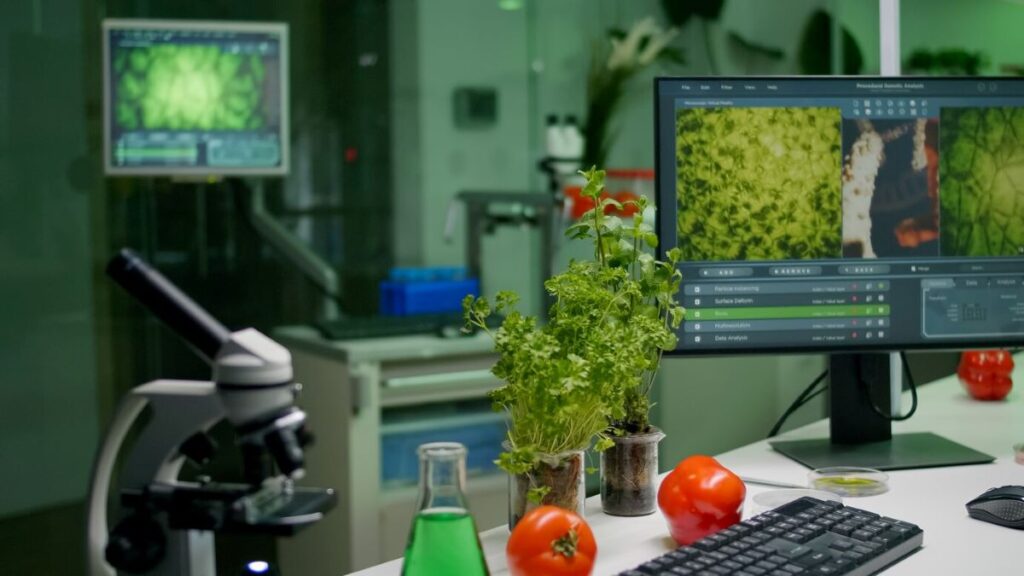In the bustling world of the Australian restaurant industry, food safety is paramount. With a growing emphasis on health regulations and customer expectations, restaurant operators are increasingly turning to technology for assistance. Food safety software has emerged as a crucial tool in ensuring compliance, enhancing operational efficiency, and ultimately safeguarding public health. This guide delves into the various aspects of restaurant food safety software, tailored specifically for Australian operators.
Understanding Food Safety Regulations in Australia
Before diving into the specifics of Restaurant Food Safety Software, it is essential to grasp the regulatory landscape in Australia. The Food Standards Australia New Zealand (FSANZ) sets forth a comprehensive framework that governs food safety practices across the nation. Compliance with these standards is not merely a legal obligation; it is a commitment to providing safe and high-quality food to customers.
Key Regulations to Consider
Australian food safety regulations encompass several critical areas, including food handling, storage temperatures, and hygiene practices. Operators must ensure that all staff are trained in safe food handling techniques and that proper records are maintained. The implementation of Hazard Analysis and Critical Control Points (HACCP) is often recommended as a proactive approach to managing food safety risks.
The Role of Local Health Authorities
Local health authorities play a significant role in enforcing food safety regulations. Regular inspections are conducted to ensure compliance, and any violations can lead to severe consequences, including fines and closures. Therefore, having robust food safety software can aid in maintaining compliance and preparing for inspections.
Benefits of Food Safety Software
Food safety software offers a myriad of benefits that streamline operations and enhance compliance. By automating various processes, restaurant operators can focus more on delivering exceptional dining experiences while ensuring safety standards are met.
Streamlined Record Keeping
One of the primary advantages of food safety software is the ability to maintain accurate and accessible records. Traditional methods often involve cumbersome paperwork, which can be easily lost or misfiled. With digital solutions, operators can store all necessary documentation in one place, making it easier to retrieve information during inspections or audits.
Real-Time Monitoring
Many food safety software solutions come equipped with real-time monitoring capabilities. This feature allows operators to track critical factors such as temperature and humidity levels in storage areas. Alerts can be set up to notify staff of any deviations from safe ranges, enabling immediate corrective actions to be taken.
Choosing the Right Food Safety Software
With numerous options available in the market, selecting the right food safety software can be daunting. It is crucial for Australian operators to consider several factors to ensure they choose a solution that meets their specific needs.
Assessing Your Business Needs
Every restaurant is unique, and so are its food safety requirements. Operators should begin by assessing their current processes and identifying areas that require improvement. Whether it’s streamlining temperature logs or enhancing staff training, understanding specific needs will guide the selection process.
User-Friendly Interface
The usability of the software is another critical factor. A user-friendly interface ensures that staff can easily navigate the system without extensive training. This is particularly important in a fast-paced restaurant environment where time is of the essence.
Integration with Existing Systems
Many restaurants already utilise various software solutions for inventory management, payroll, and other operational aspects. Selecting food safety software that integrates seamlessly with existing systems can enhance efficiency and reduce the risk of data silos.

Features to Look For
When evaluating food safety software, certain features can significantly impact its effectiveness. Here are some essential functionalities to consider:
Mobile Accessibility
In today’s digital age, having mobile access to food safety software is invaluable. Staff can update records, access training materials, and receive alerts directly from their smartphones or tablets. This flexibility allows for quicker responses to potential issues and ensures that food safety practices are adhered to at all times.
Customisable Templates
Customisable templates for checklists, logs, and reports can save time and ensure consistency across the board. Operators can tailor these templates to suit their specific processes, making it easier to maintain compliance with local regulations.
Training and Support
Robust training and support services are vital for successful implementation. Look for software providers that offer comprehensive training resources and ongoing support to assist staff in navigating the system effectively.
See Also : Avoiding Fines: Why You Need Food Safety Audit Software Before Your Next Inspection
Implementing Food Safety Software in Your Restaurant
Once the right food safety software has been selected, the next step is implementation. This phase is critical to ensuring that the software is used effectively and that staff are adequately trained.
Staff Training and Engagement
Engaging staff in the implementation process is essential for success. Conduct training sessions to familiarise employees with the software and its functionalities. Encourage feedback to identify any challenges they may face, and address these concerns promptly.
Establishing Standard Operating Procedures (SOPs)
Creating clear SOPs that outline how to use the software can aid in maintaining consistency. These procedures should detail how to log information, respond to alerts, and conduct regular checks. Having documented processes ensures that all staff are on the same page and reinforces the importance of food safety.
Monitoring and Continuous Improvement
Implementing food safety software is not a one-time task; it requires ongoing monitoring and continuous improvement. Regularly reviewing processes and software performance can help identify areas for enhancement.
Conducting Regular Audits
Regular audits of food safety practices and software usage can highlight any discrepancies or areas that need attention. These audits should be scheduled periodically to ensure that compliance and operational efficiency are maintained.
Adapting to Changes in Regulations
The food safety landscape is continually evolving, with new regulations and standards being introduced. Staying informed about these changes is crucial for compliance. Food safety software should be adaptable, allowing operators to update processes and documentation in line with new requirements.
Case Studies: Successful Implementation of Food Safety Software
Several Australian restaurants have successfully implemented food safety software, leading to improved compliance and operational efficiency. These case studies can provide valuable insights for operators considering similar solutions.
Case Study 1: A Melbourne Café
A popular café in Melbourne faced challenges with maintaining accurate temperature logs and ensuring staff compliance with food safety protocols. After implementing a food safety software solution, the café reported a 50% reduction in time spent on paperwork and a significant improvement in staff adherence to safety practices. The real-time monitoring feature also allowed them to address temperature deviations immediately, enhancing food quality and safety.
Case Study 2: A Sydney Restaurant
A fine dining restaurant in Sydney struggled with keeping up with the rigorous inspection requirements. By adopting food safety software, the restaurant streamlined its record-keeping processes and improved communication among staff. The result was a successful inspection with no violations, reinforcing the restaurant’s commitment to food safety and boosting its reputation.

The Future of Food Safety Software in Australia
As technology continues to advance, the future of food safety software looks promising. Innovations such as artificial intelligence and machine learning are expected to play a more significant role in predictive analytics, helping operators identify potential risks before they escalate.
Embracing Technological Advancements
Australian restaurant operators must remain open to embracing these technological advancements. By staying ahead of the curve, they can enhance their food safety practices, improve customer satisfaction, and ultimately drive business success.
Conclusion
In conclusion, food safety software is an invaluable asset for Australian restaurant operators. By understanding the regulatory landscape, selecting the right software, and implementing it effectively, operators can ensure compliance, enhance operational efficiency, and prioritise customer safety. As the industry continues to evolve, embracing technology will be key to thriving in the competitive restaurant landscape.
